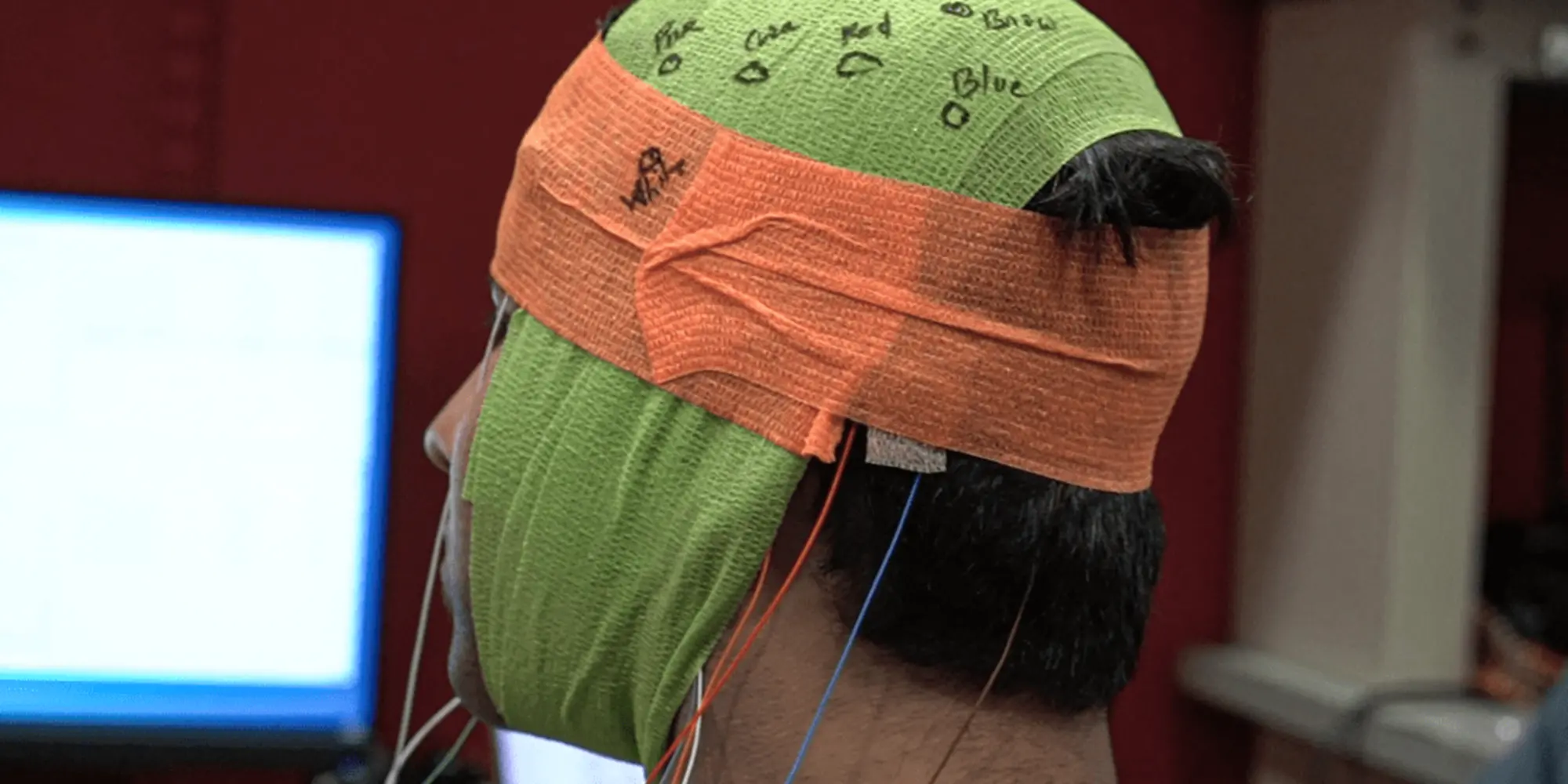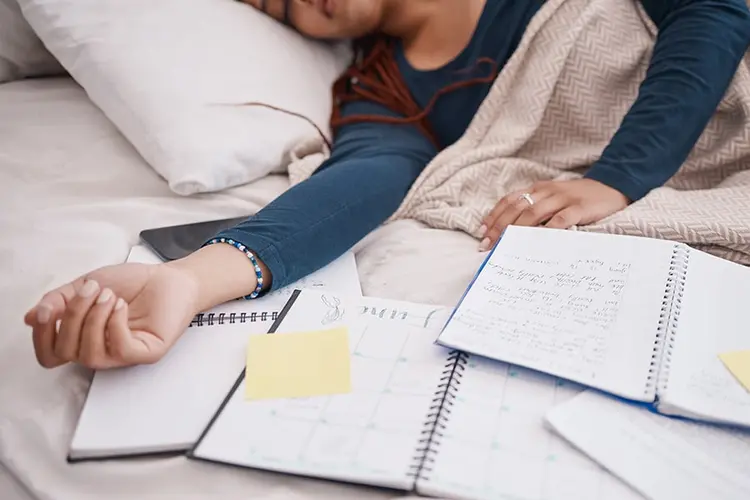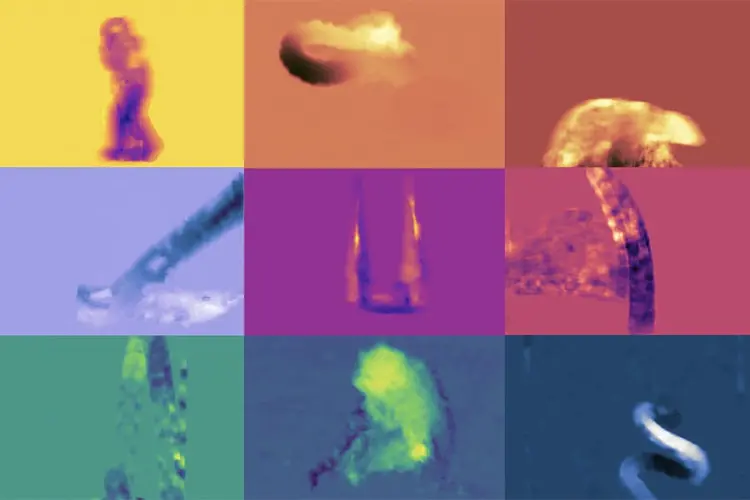
New Hope for People Living with Paralysis after Stroke
Media Inquiries
Globally, every fourth adult over the age of 25 will suffer a stroke in their lifetime, and 75% of those people will have lasting deficits in fine motor control. Until now, treating paralysis in the so-called chronic stage, which begins six months after the stroke, has remained ineffective.
Technology developed by Douglas Weber(opens in new window),�the Akhtar and Bhutta Professor of Mechanical Engineering(opens in new window) and the Neuroscience Institute(opens in new window) at Carnegie Mellon University in collaboration with the University of Pittsburgh is offering new hope for people living with impairments that would otherwise be considered permanent. The team discovered that muscles respond directly to electrical stimulation of specific spinal cord regions enabling patients to regain mobility of their arm and hand.
Spinal cord stimulation technology uses a set of electrodes placed on the surface of the spinal cord to deliver pulses of electricity that activate the nerve cells inside. Research groups around the world have shown that this stimulation can be used to restore movement to the legs, but the complexity of the neural signals controlling the unique dexterity of the human hand and arm adds a significantly higher set of challenges.
By engaging intact neural circuits located below the lesion, a pair of thin metal electrodes resembling strands of spaghetti implanted along the neck allowed stroke patients to fully open and close their fist, lift their arm above their head or use a fork and a knife to cut a piece of steak for the first time in years.
"The sensory nerves from the arm and hand send signals to motor neurons in the spinal cord that control the muscles of the limb," explained Weber. "By stimulating these sensory nerves, we can amplify the activity of muscles that have been weakened by stroke. Importantly, the effect only strengthens muscle activation when the patients are trying to move, providing assistance only as needed so the patient retains full control of their movement."
Nikhil Verma, a Ph.D. student in Weber's lab, has been monitoring muscle activity to have a direct measure of the effects of stimulation on the spinal cord.
"To make this an effective therapy, we need to develop a robust method for controlling the pattern and timing of electrical stimulation applied to the spinal cord," said Verma. "By measuring activation levels of muscles, we can detect when the patient is trying to move and then deliver targeted stimulation to assist the movement."
Verma's research used electromyography (EMG) sensors to measure the effects of stimulation on muscle recruitment and to detect movement intentions, generating a control signal for patterning spinal stimulation to facilitate the intended movement.
Early clinical trial results hint at a promising future of spinal cord stimulation as a neurorehabilitation strategy for a sizeable proportion of stroke survivors. Unexpectedly, the effects of stimulation seem to be longer-lasting than scientists originally thought and persist even after the device was removed, suggesting it could be used both as an assistive and a restorative method for upper limb recovery.
"A key to this success is the rich combination of engineering and neural science efforts with the input of the clinical team," explained Weber. "In Pittsburgh, we work unselfishly at the intersection of science, engineering and medicine to make practical solutions that won't take decades to bring to medical practice."
Moving forward, researchers continue to enroll additional trial participants to understand how many stroke patients can benefit from this therapy and how to optimize stimulation protocols for different severity levels.
"Thanks to years of preclinical research building up to this point, we have developed a practical, easy to use stimulation protocol that could be easily translated to the hospital, especially since we can use and adapt existing FDA-approved clinical technologies," said Marco Capogrosso, an assistant professor of neurological surgery at the University of Pittsburgh.
This research was supported by the Department of Mechanical Engineering and the Neuroscience Institute at Carnegie Mellon University, and the Department of Neurological Surgery and the Department of Physical Medicine and Rehabilitation at the University of Pittsburgh. It was originally published in Nature Medicine.
The study was executed through the support of NIH Brain Initiative Grant UG3NS123135-01A1 to MC and DW and internal funding from the Department of Neurological Surgery at the University of Pittsburgh to MC. the Department of Mechanical Engineering and the Neuroscience Institute at Carnegie Mellon University to DW and the Department of Physical Medicine and Rehabilitation at the University of Pittsburgh to EP.

